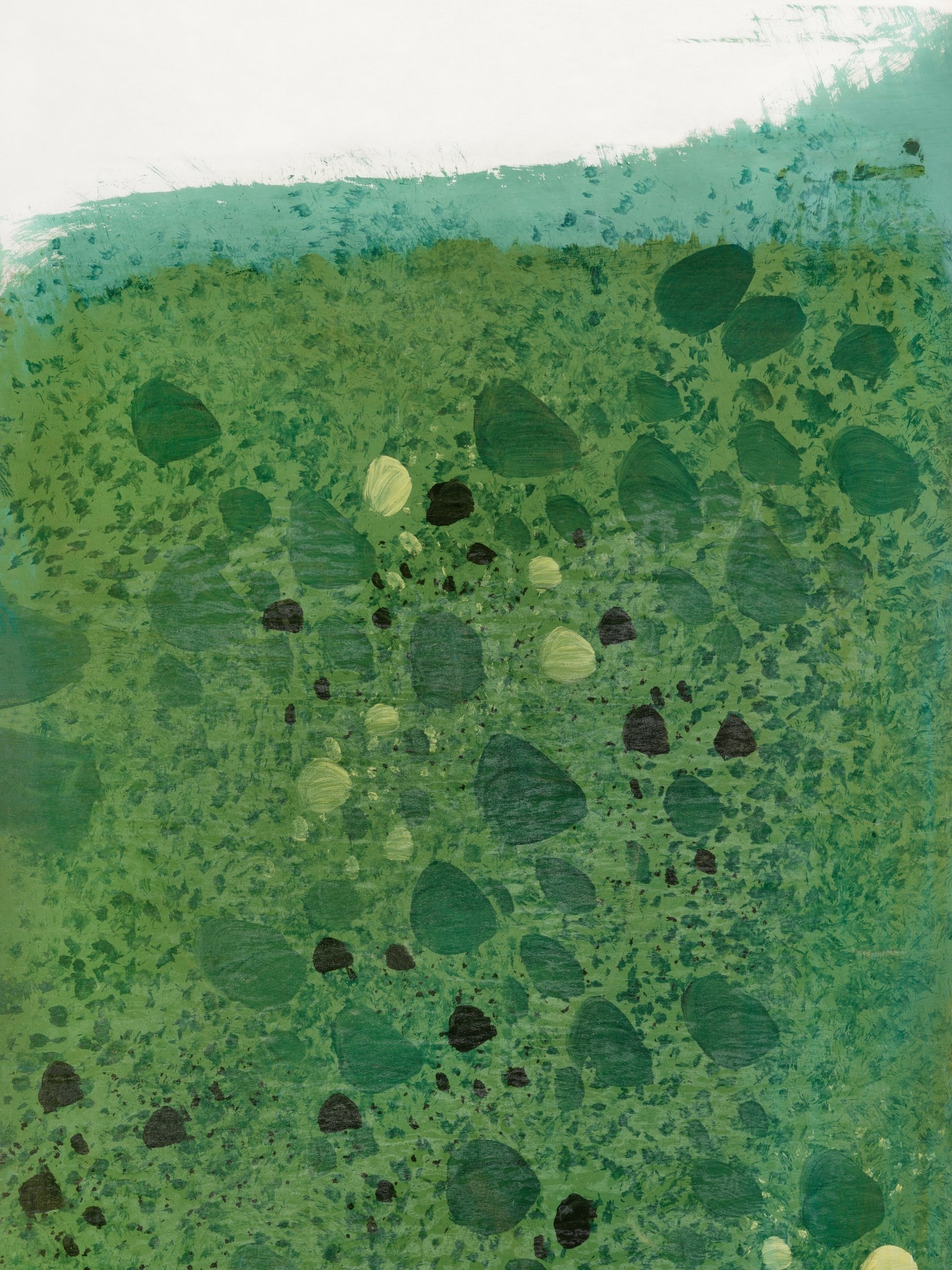Sensation – The Seed of Awareness
“The sensory function is the organism’s first orientation to its environment. Without sensation, there can be no contact, and without contact, no growth."
- PHG
The Gestalt Contact Cycle: Sensation – The Seed of Awareness
Welcome to the second post in my exploration of the Gestalt contact cycle. Having laid the groundwork with the fertile void, I now turn to sensation, the first stage of the cycle—a pre-awareness state where something begins to stir within us.
Sensation is the moment when our body registers stimuli. It is not yet thought or feeling, but the raw data that comes through our senses: a tightening in the chest, the faint smell of rain, the glow of warmth on the skin, or the distant hum of sound. It is the subtle nudge that life gives us, inviting us to notice.
What is Sensation?
In Gestalt therapy, sensation is the beginning of contact. It precedes the narrative we build around it, existing in its pure form before interpretation. To illustrate, consider a moment when your stomach growls. That sensation is not yet hunger as we label it—it is the body's first signal, awaiting attention.
To connect with this stage of the cycle, one must pause and notice—a practice often overshadowed in our fast-paced world. When we train ourselves to tune into our sensations, we open the door to awareness.
Identifying Sensations: A Practice
To identify sensations, start by asking:
What am I feeling in my body right now?
Where is the sensation located?
Is it warm, cool, heavy, or light?
Does it move, pulse, or remain still?
Dr. Dan Siegel’s Awareness Wheel can be a helpful tool here. It invites us to explore four quadrants: our senses, body, thoughts, and feelings. Sensation resides firmly in the sensory and bodily realms. Regularly practicing this form of inquiry enhances our ability to stay present with these subtle cues.
Moderations to Contact: Desensitization and Over-Sensitivity
The path to healthy sensation awareness is not without its challenges. Often, we fall into extremes:
Desensitization: This occurs when we dull our awareness of sensation. It may stem from trauma, numbing habits, or cultural conditioning that prioritizes intellect over embodied experience. Desensitization may manifest as being “out of touch” with the body or overlooking early signals that could lead to action or self-care.
Over-Sensitivity: The opposite polarity is being overwhelmed by sensation. Here, the nervous system is hyper-attuned, leading to discomfort or even paralysis in response to stimuli. Over-sensitivity can result in overreaction, as the body struggles to manage the sensory influx.
The Gestalt perspective highlights the importance of sensitivity, the point of equilibrium between these two extremes. Sensitivity reflects attunement—a harmonious state where one is neither ignoring sensations nor being overtaken by them.
Why Sensory Awareness Matters
Cultivating sensory awareness deepens our relationship with ourselves and the world around us. It is a doorway to the present moment, grounding us in what is. By noticing our sensations, we engage the first step toward meaningful action and authentic contact with others.
Final Thoughts
The stage of sensation in the Gestalt contact cycle reminds us to listen. Our bodies are always speaking, offering quiet invitations to awareness. Whether through a gentle ache, a flutter of excitement, or the coolness of the air, sensations ground us in the here and now.
In the next post, I will explore the next step in the cycle—awareness—as sensation evolves into a fuller understanding of our needs and desires. Until then, I invite you to pause, breathe, and notice: What is your body telling you right now?
